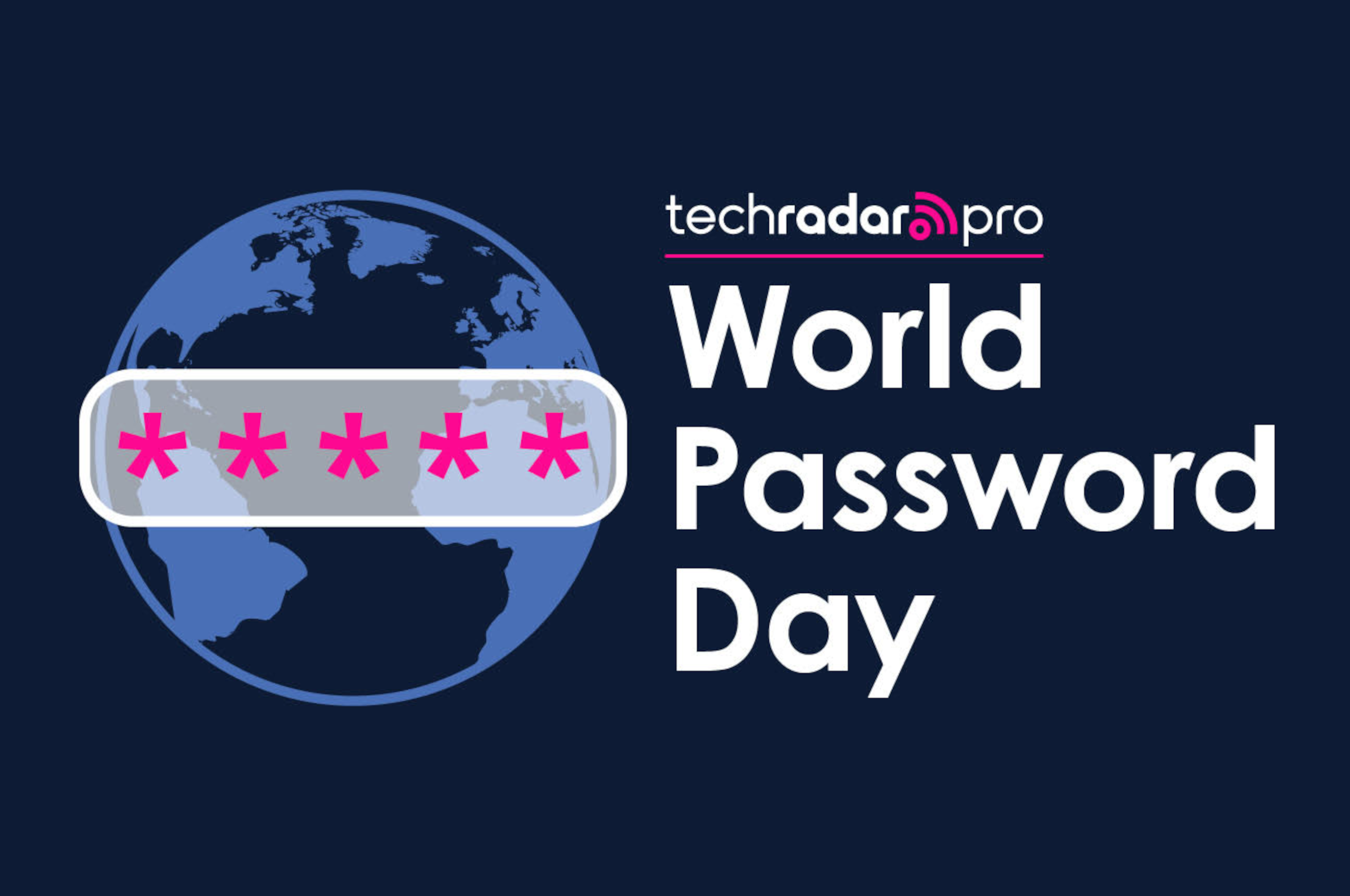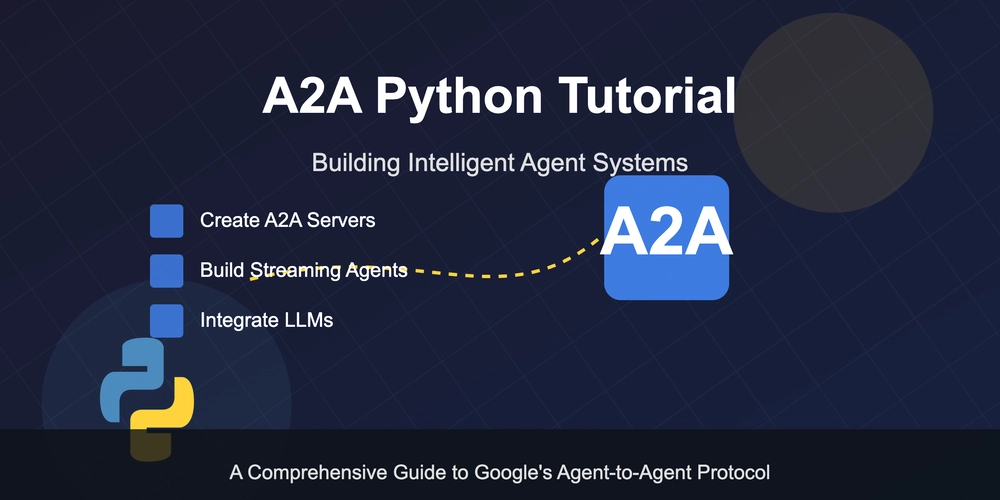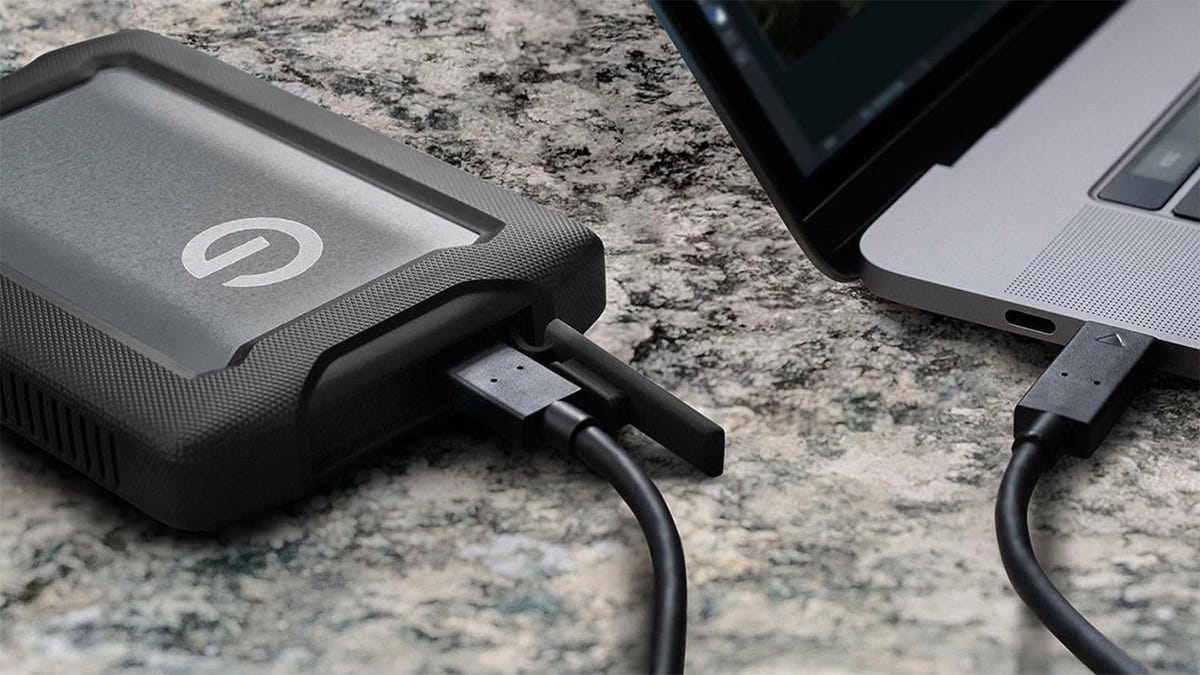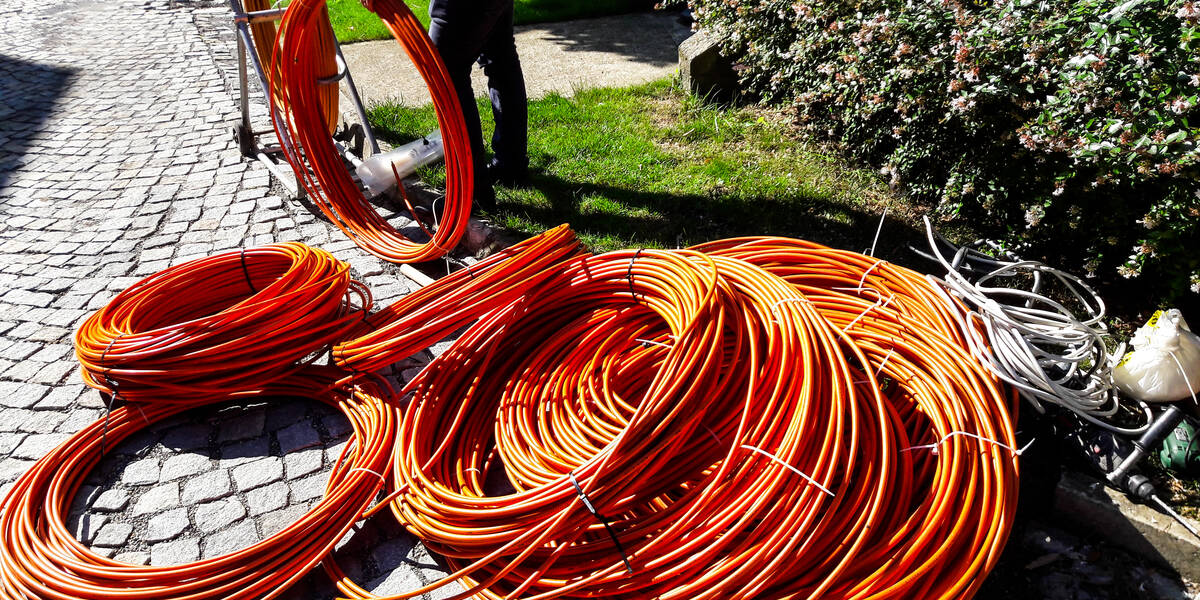Packet Analysis Optimization Advanced Protocols For Cybersecurity Analysts
Packet analysis is a fundamental discipline within cybersecurity, providing critical insights into the behavior of networked systems and the activities of users and potential adversaries. As enterprise networks expand in scale and complexity, and as attackers employ increasingly sophisticated methods to evade detection, the need for optimized packet analysis has never been greater. This article […] The post Packet Analysis Optimization Advanced Protocols For Cybersecurity Analysts appeared first on Cyber Security News.

Packet analysis is a fundamental discipline within cybersecurity, providing critical insights into the behavior of networked systems and the activities of users and potential adversaries.
As enterprise networks expand in scale and complexity, and as attackers employ increasingly sophisticated methods to evade detection, the need for optimized packet analysis has never been greater.
This article delves into advanced techniques and protocols for optimizing packet analysis, focusing on infrastructure enhancements, structured analytical methodologies, and integration with cutting-edge cybersecurity frameworks.
These approaches are essential for cybersecurity analysts seeking to maximize detection efficiency, streamline investigation workflows, and ensure robust incident response capabilities.
Optimizing Packet Capture Infrastructure For Enhanced Analysis
The foundation of effective packet analysis lies in a well-architected capture infrastructure.
The primary challenge for analysts is to collect and store vast volumes of network traffic without incurring significant packet loss or overwhelming storage resources.
In high-throughput environments, the choice between optimizing for capture speed or download efficiency becomes critical.
Systems designed for maximum capture speed are tailored for environments where the primary objective is to ingest all packets at line rate, minimizing the risk of missing critical data during periods of peak activity.
This is typically achieved through the use of hardware acceleration, parallel processing, and high-performance storage arrays that can keep pace with enterprise-scale traffic.
On the other hand, when the focus shifts to post-capture analysis and investigation, download speed optimization becomes paramount.
This approach involves the creation of detailed metadata and indexing structures at the time of capture, allowing for rapid retrieval of specific packets or flows during forensic investigations.
The use of advanced indexing techniques, such as flow-based metadata, enables analysts to filter and search through terabytes of data in seconds, rather than hours.
Compression algorithms and deduplication further enhance storage efficiency, ensuring that long-term packet retention does not become prohibitively expensive.
A key consideration in infrastructure optimization is the strategic placement of capture points.
Analysts must identify network chokepoints such as core switches, firewalls, or aggregation routers where the most relevant traffic can be observed without unnecessary duplication.
Integration with network TAPs (Test Access Points) or SPAN (Switched Port Analyzer) ports allows for non-intrusive monitoring, preserving the integrity of the production environment.
In addition, modern capture systems often support distributed architectures, enabling centralized analysis of traffic collected from multiple geographic locations or network segments.
Structured Analytical Methodologies For Packet Investigation
The OIDA Framework For Systematic Analysis
Raw packet data, while valuable, can quickly become overwhelming without a structured approach to analysis.
The OIDA framework Observe, Identify, Dissect, Analyze provides a systematic methodology for transforming raw traffic into actionable intelligence.
In the observation phase, analysts define the scope of their investigation, selecting appropriate capture points, time windows, and filtering criteria to focus on relevant traffic.
This phase is critical for managing data volume and ensuring that subsequent analysis is both efficient and targeted.
The identification phase leverages metadata and statistical profiling to isolate traffic patterns of interest.
Analysts may use signature-based detection to flag known threats or employ anomaly detection algorithms to uncover previously unseen attack vectors.
Dissection involves a deep dive into individual packets, examining headers for protocol compliance, sequence numbers for session integrity, and payloads for suspicious content such as exploit code or data exfiltration.
The final analysis phase synthesizes findings across multiple packets and sessions, reconstructing attack timelines, mapping lateral movement, and identifying compromised assets.
The OIDA framework not only streamlines the investigative process but also facilitates collaboration among analysts.
By breaking down the analysis into discrete, repeatable steps, teams can standardize their workflows, share findings more effectively, and ensure that critical details are not overlooked during high-pressure incident response scenarios.
Zero Trust Implementation At The Packet Level
Zero Trust security models have gained widespread adoption in recent years, emphasizing the principle of “never trust, always verify” for every network transaction.
Packet analysis is a cornerstone of Zero Trust, as it enables continuous validation of all communications, regardless of their origin or destination.
Implementing Zero Trust at the packet level requires granular inspection of every flow, with a focus on protocol validation, payload analysis, and behavioral profiling.
- Advanced packet analysis tools utilize machine learning algorithms to automatically categorize network traffic by application type, user identity, and device characteristics, enabling granular access control policies based on behavioral patterns
- Machine learning models establish behavioral baselines for network entities by analyzing historical traffic data, detecting anomalies like irregular login times, unexpected data volumes (>20% deviation from baseline), or non-standard protocol usage
- Real-time integration with IAM systems enables automated policy enforcement, blocking unauthorized access attempts within milliseconds through API-driven coordination between analysis tools and security infrastructure
- Encrypted traffic analysis techniques using 150+ flow parameters allow classification of VPN and TLS/SSL traffic without decryption, identifying masquerading applications like Psiphon through behavioral discrepancies
In addition, deep packet inspection (DPI) techniques can detect encrypted traffic that does not conform to expected patterns, such as the use of unauthorized cipher suites or the presence of covert channels.
By correlating packet-level insights with endpoint telemetry and threat intelligence feeds, organizations can achieve a holistic view of their security posture, dramatically reducing the time required to detect and respond to advanced threats.
Forensic Capabilities And Incident Response Integration
Optimized packet analysis systems are indispensable during incident response and forensic investigations.
Full packet capture (FPC) repositories enable analysts to reconstruct the sequence of events leading up to a security incident, identify the initial point of compromise, and trace the movement of attackers across the network.
The ability to rapidly retrieve relevant packets is crucial for minimizing dwell time and limiting the impact of breaches.
Modern packet capture solutions employ tiered storage architectures, balancing the need for immediate access to recent data with the cost constraints of long-term retention.
Compression and deduplication technologies ensure that even petabyte-scale datasets remain manageable, while robust indexing allows for precise queries based on IP addresses, ports, protocols, and timestamps.
Integration with security information and event management (SIEM) platforms enables automated correlation of packet data with logs from endpoints, applications, and cloud services, providing a comprehensive view of security events.
Forensic-ready systems also address regulatory and legal requirements by maintaining detailed chain-of-custody records and employing cryptographic hashing to verify the integrity of stored data.
Accurate timestamp synchronization ensures that event timelines are reliable, even in distributed environments spanning multiple time zones.
In conclusion, packet analysis optimization is a multifaceted discipline that combines advanced infrastructure, structured methodologies, and integration with modern security frameworks.
By embracing these best practices, cybersecurity analysts can enhance their ability to detect, investigate, and respond to threats, ensuring the resilience and security of enterprise networks in an ever-evolving threat landscape.
Find this News Interesting! Follow us on Google News, LinkedIn, & X to Get Instant Updates!
The post Packet Analysis Optimization Advanced Protocols For Cybersecurity Analysts appeared first on Cyber Security News.





































































































































































![[The AI Show Episode 145]: OpenAI Releases o3 and o4-mini, AI Is Causing “Quiet Layoffs,” Executive Order on Youth AI Education & GPT-4o’s Controversial Update](https://www.marketingaiinstitute.com/hubfs/ep%20145%20cover.png)
















































































































































































.jpg?#)


































































































.webp?#)













































































































![Apple Reports Q2 FY25 Earnings: $95.4 Billion in Revenue, $24.8 Billion in Net Income [Chart]](https://www.iclarified.com/images/news/97188/97188/97188-640.jpg)



































































































.webp?#)
